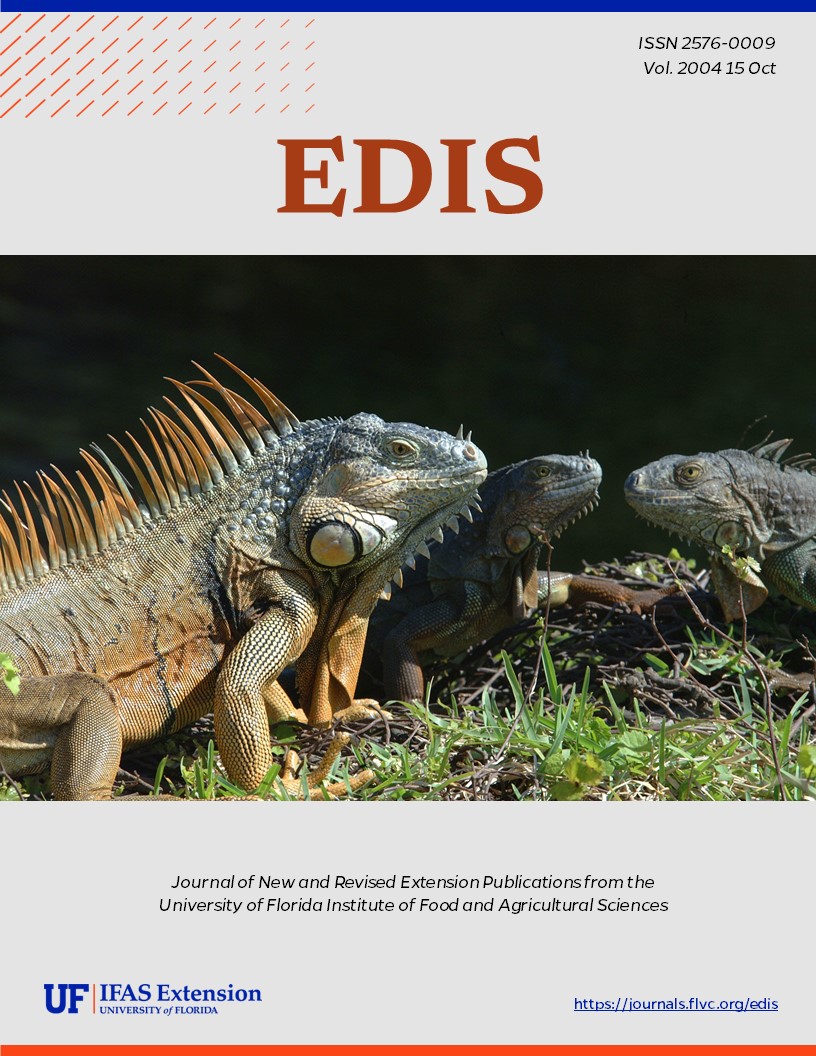Abstract
This document is EENY-200 (originally published as DPI Entomology Circular No. 291), one of a series of Featured Creatures from the Entomology and Nematology Department, Florida Cooperative Extension Service, Institute of Food and Agricultural Sciences, University of Florida. Published: March 2001. Revised: May 2001, October 2002.
References
Bezzi, M. 1915. On the fruit-flies of the genus Dacus (s. 1.) occurring in India, Burma, and Ceylon. Bull. Ent. Res. 7: 99-121. https://doi.org/10.1017/S0007485300017430
Hardy, D.E. 1973. The fruit flies (Tephritidae--Diptera) of Thailand and bordering countries. Pacific Insects Monograph 31: 1-353.
Hardy, D.E. 1977. Family Tephritidae, p. 44-134. In: Delfinado, M.D., and D.E. Hardy (eds.), A catalog of the Diptera of the Oriental Region. Vol. III. Suborder Cyclorrhapha (excluding Division Aschiza). i-x + 854 p. The University Press of Hawaii, Honolulu.
Kapoor, V.C., D.E. Hardy, M.L. Agarwal, and J.S. Grewal. 1980. Fruit fly (Diptera: Tephritide) systematics of the Indian subcontinent. Export India Publications. Jallundur, India. 111 p.
Steck, G.J. (13 August 2002). A guava fruit fly, Bactrocera correcta (Bezzi) (Tephritidae). Pest Alert. http://www.doacs.state.fl.us/~pi/enpp/ento/bcorrecta.html (1 October 2002).
White, I.M., and M.M. Elson-Harris. 1994. Fruit Flies of Economic Significance: Their Identification and Bionomics. CAB International. Oxon, UK. 601 p.
Unless otherwise specified, articles published in the EDIS journal after January 1, 2024 are licensed under a Creative Commons Attribution-NonCommercial-NoDerivs 4.0 International (CC BY-NC-ND 4.0) license.

